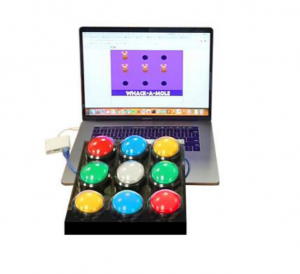WHACK-A-MOLE ARDUINO GAME
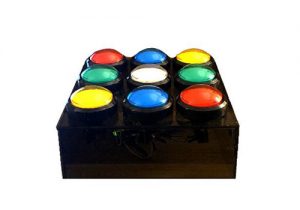
The intention of this project was to design a product that allows a user to interact in a virtual environment. Our team built a Whack-a-mole game where the real-world input is the user pressing the buttons and controls the game software.
Collaborators: Adrian Perez, Jose Tejeira, Ignacio Fimbrez, Mackson Li
Parts Specifications
We used ¼ in thick Acrylic Sheet for the casing, arcade buttons, copper wires, and Arduino UNO.
The parts were designed and virtually assembled using PTC-CREO to make sure everything was the right size..
The initial sketch consisted of a simple
box, where its size was given by the dimensions of the arcade buttons. We modified the dimensions to make the box at an incline for aesthetic reasons.
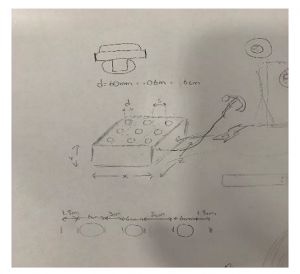
Initial Sketch
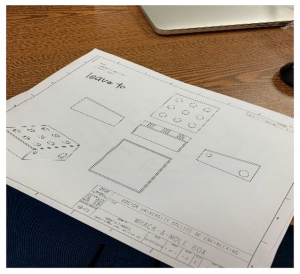
Technical Drawing
Manufacturing Processes
GibbsCAM provided the necessary Gcode for the CNC machine. However, cutting the acrylic sheet this way did not give an optimal finished, so instead, laser cutting was used.
All the negative leads of the arcade buttons were soldered in series and connected to common ground. The positive leads were soldered to wires that were later connected to the digital pins in the Arduino UNO. The buttons were fit into the holes and we tested all cables to ensure proper connections.

Laser Cutting Result
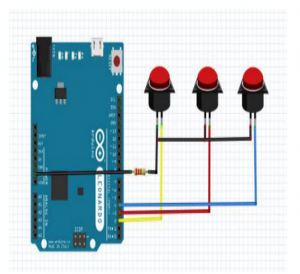
Circuit Diagram
Results
The box was built successfully. The software we decided to control was a Whack -a- mole game simulator. This simulator was provided by an MIT open source website. However, the game was build for 3-buttons. We had access to the code and change the program so it would accept 9-buttons. With the use of Python programming, we were able to map each button to the numbers in the keyboard.

Solder and assembly
